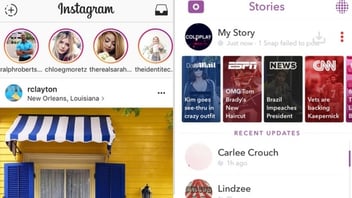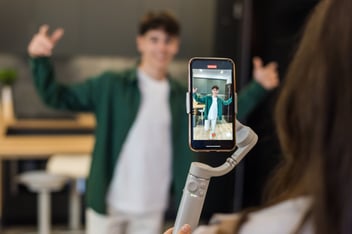What's the Buzz Around Native Advertising
A swift uptick in native advertising was seen in 2014, with experts agreeing the trend will continue through 2015 and beyond. According to recent data, native advertising spending is likely to soar to $7.9 billion in 2015, up from just over $4 billion in 2013. Experts believe spending will increase to topple $20 billion by 2018.
Simply put, native advertising is nothing new. In fact, it's a rather old advertising strategy. But in recent years it has reemerged and is now taking the digital world by storm. Those who are not yet on the native advertising bandwagon might be wondering just what it is, why it has become so popular so quickly, and how to best implement native advertising going forward.
What Is Native Advertising?
Native advertising is a form of paid content that follows the natural form and function of the platform in which it is placed. In order for advertising to be considered native, the ad must match the look and feel of the platform. The ad must also behave and function in the same way that the natural content functions and behaves.
Native advertising is commonly seen on social media platforms. Facebook, Twitter, Instagram, and Pinterest all use native advertising strategies by placing ads within the content to feel and look natural. For example, a sponsored post on Facebook may look just like a traditional friend's update or video. An ad on Instagram will feel and look just like a post from someone you follow with a picture, a caption, and hashtag usage. Forbes, The Wall Street Journal, and The New York Times have also recently begun using native advertising placed directly within the content of their websites.
Why Have Native Ads Become So Popular?
Native advertising has risen in popularity because it is among the most effective forms of advertising. Because people spend so much time online now, especially on social media sites and news websites, placing ads inside a person's feed is more likely to get attention than banner ads.
According to a recent study, consumers respond more effectively to native ads, perhaps because they are more likely to look at them. According to the findings, native ads were viewed 52% more frequently than banner ads. According to the same study, about 32% of participants said they'd share a native ad with friends and family, as opposed to 19% of people claiming they would share a banner ad with friends and family.
Because of the placement of native ads and the way they seamlessly blend in with editorial content, native ads got about the same amount of face time with consumers as editorial content. According to the aforementioned study, participants looked at ads for about 1 second, but tended to look at editorial content for 1.2 seconds; the difference is truly negligible.
How Do You Start Using Native Ads?
While native ads seem to be the work of high-end, Fortune 500 companies, in reality, native ads can be utilized by any business, large or small. Experts suggest small companies begin a native ad campaign by working directly with native ad specialists. These are people and firms that know how to place content in a manner that is natural. They are also experts in matching proper mediums with the intended demographic. Most experts also agree that utilizing native ads is most effective on social media websites, such as Facebook, Twitter and Instagram. By doing this, you'll get your brand in the public eye in a natural and unobtrusive fashion.
For more great tips and tricks, visit our Resources Page!





